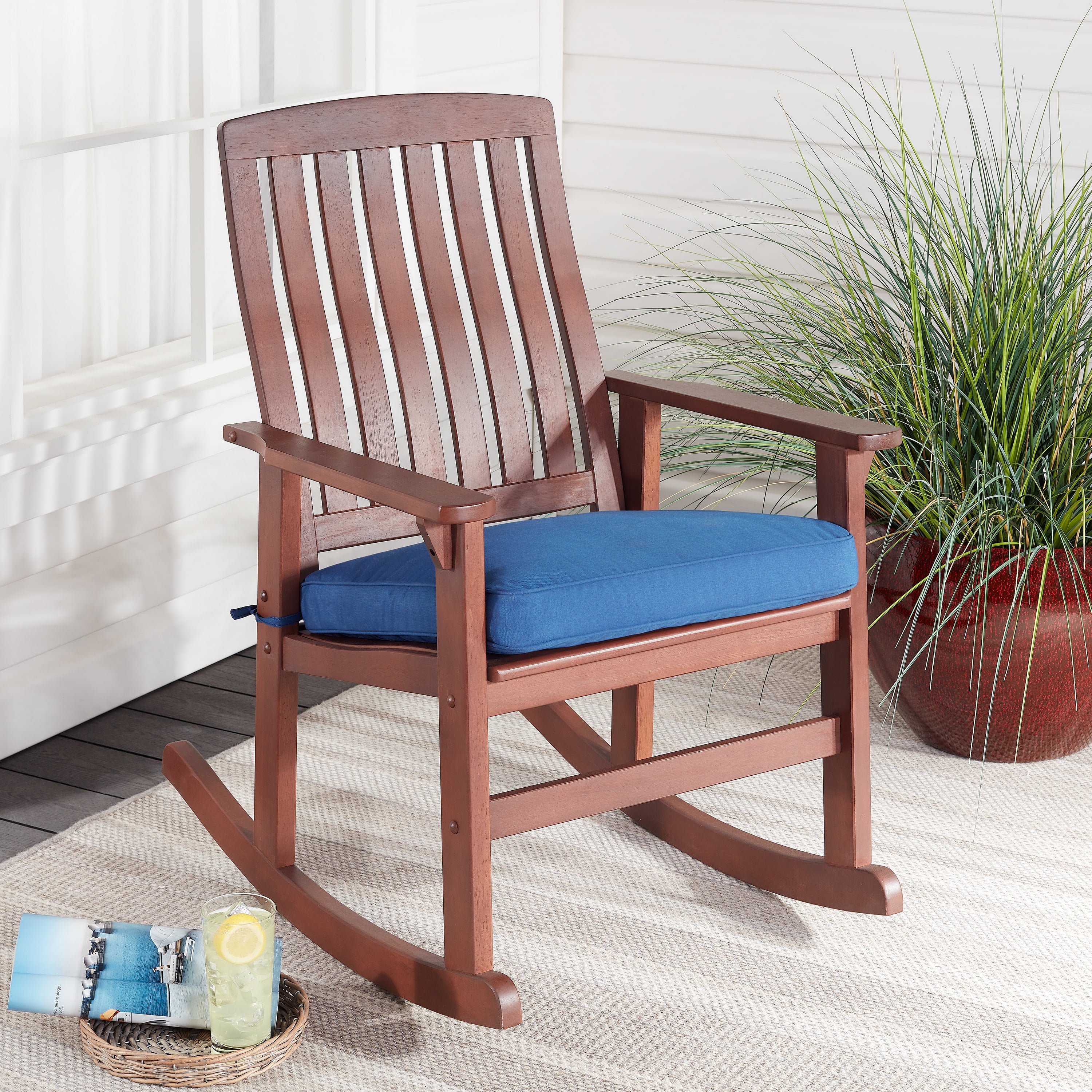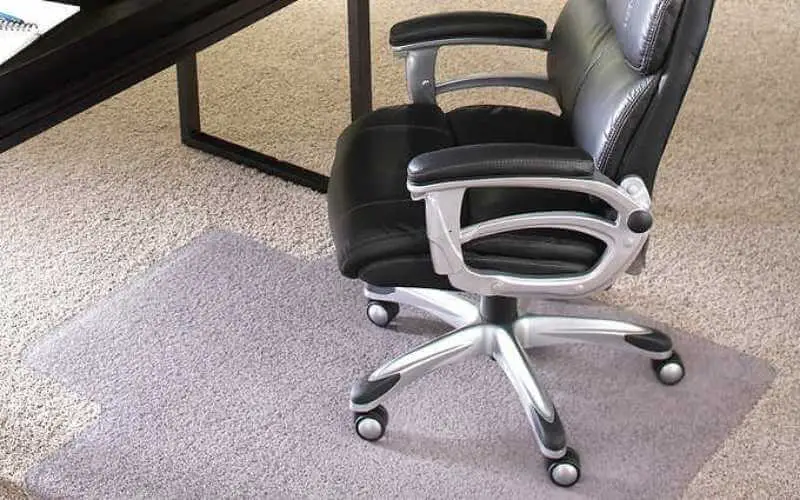Understanding Rocking Chair Movement

A rocking chair’s gentle sway is a cherished part of its charm, but excessive movement can be a sign of instability and potential safety hazards. Understanding the factors that contribute to rocking chair movement is crucial for ensuring a safe and enjoyable rocking experience.
Types of Rocking Chair Movement, How to keep rocking chair from moving
The movement of a rocking chair can be categorized into different types, each with its unique cause.
- Normal Rocking Motion: This is the intended and desired movement of a rocking chair, characterized by a smooth and controlled back-and-forth sway. This movement is achieved through the design of the rockers, which allow the chair to smoothly glide across the floor.
- Excessive Rocking: This type of movement is characterized by a larger amplitude and faster rocking speed than normal. It can be caused by factors such as uneven floor surfaces, loose joints, or worn-out rockers.
- Wobbling or Tilting: This type of movement indicates a problem with the chair’s stability. It can be caused by loose screws, worn-out bearings, or an uneven distribution of weight.
Factors Contributing to Excessive Rocking
Several factors can contribute to excessive rocking in a rocking chair.
- Uneven Floor Surfaces: An uneven floor surface can cause the chair to rock excessively as it tries to find a stable base. This is particularly true for older homes with uneven floors or carpets.
- Loose Joints: Loose joints in the chair’s frame can allow the rockers to move independently, leading to excessive rocking. This can be caused by worn-out screws, loose bolts, or damaged wood.
- Worn-Out Parts: Over time, the rockers, bearings, and other parts of a rocking chair can wear out, leading to excessive movement. This is especially common in chairs that are frequently used or exposed to harsh weather conditions.
Anatomy of a Rocking Chair
To understand the causes of rocking chair movement, it’s helpful to know the anatomy of a rocking chair.
- Rockers: The rockers are the curved pieces of wood or metal that attach to the bottom of the chair’s frame. They are responsible for creating the rocking motion.
- Bearings: Bearings are located at the point where the rockers meet the chair’s frame. They help to reduce friction and ensure smooth rocking.
- Frame: The frame of the rocking chair provides support and stability. It is typically made of wood or metal and is constructed to withstand the forces of rocking.
- Seat: The seat is the part of the chair that supports the sitter. It is typically made of wood, fabric, or a combination of both.
- Backrest: The backrest provides support for the sitter’s back. It is typically made of wood or fabric.
Methods to Stabilize a Rocking Chair

A rocking chair that wobbles or moves uncontrollably can be a safety hazard and an annoyance. Luckily, several techniques can help you stabilize your rocking chair and ensure a smooth, comfortable rocking experience.
Leveling and Shimming
Uneven floors are a common culprit for rocking chair instability. Leveling pads and shims are essential tools to address this issue. Leveling pads are often made of rubber or plastic and have a slightly raised center, allowing them to adjust to uneven surfaces. Shims, on the other hand, are thin pieces of wood or plastic that can be placed under the legs to adjust their height.
- Identify Uneven Spots: Carefully inspect the floor beneath your rocking chair to pinpoint areas where the chair rocks.
- Place Leveling Pads: Position leveling pads under the legs of the chair that are touching uneven spots. The raised center of the pad will help level the chair and reduce rocking.
- Use Shims: If leveling pads aren’t enough, use shims to further adjust the height of the legs. Start with thin shims and gradually add thicker ones until the rocking is minimized.
Tightening Joints and Replacing Parts
Over time, the joints and parts of a rocking chair can loosen or wear out, leading to instability. Tightening loose screws and replacing worn-out parts can significantly improve the chair’s stability.
- Inspect for Loose Screws: Examine all the screws that hold the chair’s legs, runners, and other components together. Tighten any loose screws using a screwdriver.
- Replace Worn-out Parts: If the chair’s runners are worn or damaged, consider replacing them. Worn runners can cause the chair to rock unevenly or become unstable.
- Adjust Rocking Chair Tension: Many rocking chairs have adjustable tension mechanisms. These mechanisms control the speed and intensity of the rocking motion. Adjusting the tension can help stabilize the chair and prevent it from rocking too fast or too hard.
Custom Base or Platform
For severe rocking issues or chairs with structural problems, creating a custom base or platform can provide a stable foundation.
- Measure the Chair: Carefully measure the width and length of the chair’s base to create a platform that fits perfectly.
- Choose a Stable Material: Use a strong and durable material like plywood or solid wood for the platform.
- Secure the Platform: Attach the platform to the chair’s base using screws or bolts. Ensure the platform is level and secure before using the chair.
Preventive Measures for Rocking Chair Stability: How To Keep Rocking Chair From Moving

Proactive maintenance and thoughtful considerations can go a long way in ensuring the longevity and stability of your cherished rocking chair. By adopting a preventive approach, you can minimize the risk of movement and preserve the chair’s structural integrity for years to come.
Regular Maintenance Schedule for Rocking Chair Joints
Regular inspections and tightening of joints are essential for maintaining the stability of a rocking chair.
- Inspecting the Joints: Every few months, carefully inspect all the joints of the rocking chair, particularly the rockers, legs, and seat frame. Look for any signs of looseness, wear, or cracks.
- Tightening the Joints: Use a wrench or screwdriver to tighten any loose screws or bolts. If any joints are excessively loose or show signs of wear, consider consulting a professional furniture repair specialist for a thorough assessment and repair.
How to keep rocking chair from moving – Securing a rocking chair to prevent movement can be achieved with various methods, from using rubber pads under the legs to adding a stabilizing bar. A similar concept of stability and legacy is explored in the story of Harriet Beecher Myrna Loy and the rocking chair , where the chair represents a connection to the past and a foundation for the future.
Ultimately, whether you’re looking to secure a chair for comfort or to preserve a cherished heirloom, understanding the principles of stability and support is crucial.
Securing your rocking chair to prevent movement can be achieved with a few simple tricks. One method involves using rubber or felt pads under the chair’s rockers to increase friction. Alternatively, consider a more involved approach by giving your chair a fresh look with a diy rocking chair makeover.
This can involve sanding, painting, or reupholstering, and often requires removing the rockers for easier access. Once the makeover is complete, you can reattach the rockers and use the aforementioned pads to prevent movement.
